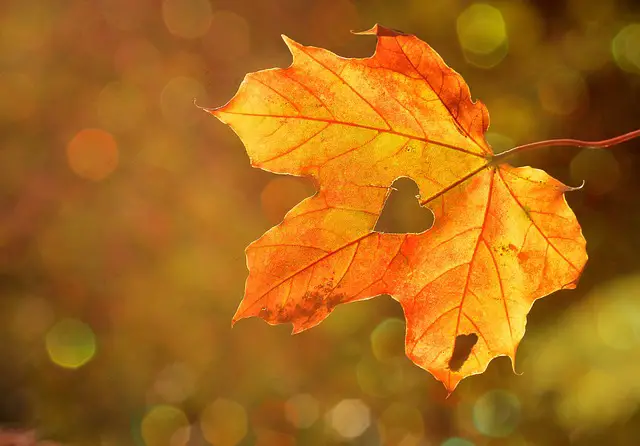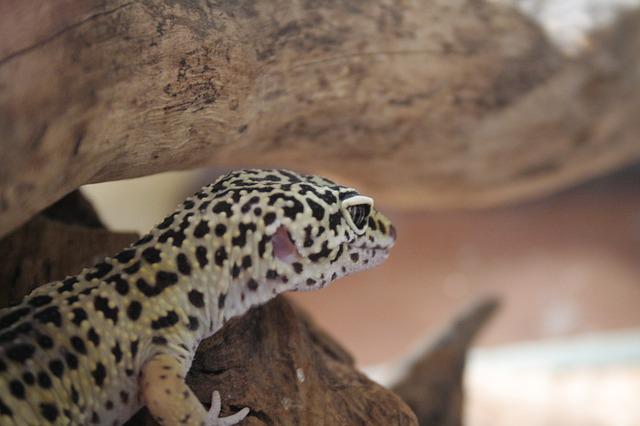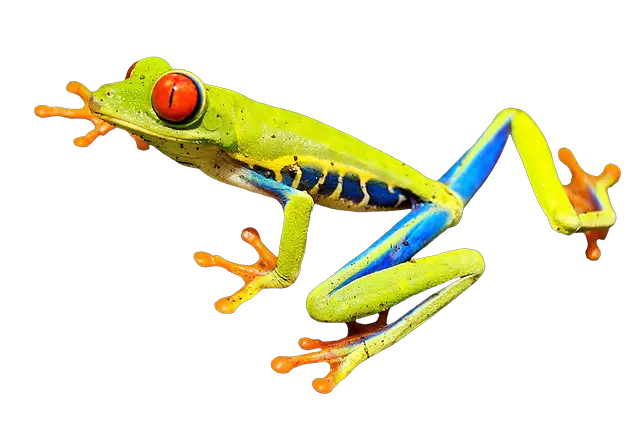If you’re thinking about getting a pet stick insect, you might wonder what kind of food they eat. Stick insects are herbivores, which means they only eat plants. In the wild, most stick insects will eat various leaves. But if you’re keeping a pet stick insect, you’ll need to be a little more selective about what kind of leaves you offer them. This blog post will give you tips for choosing the best leaves for your pet stick insect and what NOT to give them.
What leaves should a stick insects eat
The first thing to consider is whether the plant is safe for your pet stick insect to eat. Some plants are poisonous to insects, so it’s essential to do your research before offering any leaves to your pet. A good rule of thumb is to only provide leaves from plants that are safe for humans to eat.
If you’re not sure whether a particular plant is safe, err on the side of caution and don’t offer it to your pet stick insect. (See Below)
Once you’ve found some safe plants, the next thing to consider is whether the leaves are tough enough for your pet to eat. Stick insects have chewing mouthparts, but they’re not very strong. This means that they can only eat soft leaves. So avoid giving your pet stick insect any tough or leathery leaves.
Finally, you’ll want to make sure that the leaves you offer are fresh. Stick insects are delicate creatures, and their diet must be carefully balanced to stay healthy. Wilted or yellowing leaves won’t provide your pet’s nutrients and could make them sick.
What leaves can a stick insects eat
1. Stick insects are not particularly fussy regarding the types of leaves they eat and will generally munch on any foliage so they can get their little mouths around.
2. That said, some leaves stick insects seem to prefer more than others, including oak, birch, beech, and maple.
3. If you’re looking to provide your stick insect with a varied diet, you can offer them other foliage such as ivy, holly, or brambles.
4. It’s important to remember that not all leaves are created equal, and some may be more nutritious for your stick insect than others.
5. For example, oak leaves are a good source of calcium, which is essential for the growth and development of stick insects.
6. Maple leaves, on the other hand, are a good source of magnesium, which is essential for adequately functioning enzymes in the body.
7. Ultimately, it’s up to you what type of leaves you feed your stick insect, but it’s essential to ensure that they get various nutrients in their diet.
What leaves should NOT be given to Stick Insects
1. Poisonous leaves
Many types of leaves are poisonous to stick insects, which should be avoided at all costs. The most common toxic leaves include oleander, rhododendron, and azalea. These leaves can cause serious health problems for stick insects, and in some cases, they can be fatal.
2. Spiny leaves
Another type of leaf that should be avoided is one that is spiny or has sharp edges. Stick insects are delicate creatures, and sharp objects can easily puncture their exoskeletons. If a stick insect ingests a pointy leaf, it could damage its digestive system or even puncture its stomach.
3. Moldy leaves
Moldy leaves should also be avoided, as they can contain harmful toxins that can make stick insects sick. In some cases, moldy leaves can even be fatal. Therefore, if you see any mold on a leaf, it’s best to err on the side of caution and avoid feeding it to your stick insect.
4. Wilted leaves
Wilted leaves are another type of leaf that should be avoided, as they are often lacking in nutrients. Stick insects need a diet rich in nutrients to stay healthy, so feeding them wilted leaves is not ideal. If you’re not sure whether a leaf is wilted or not, it’s best to err on the side of caution and avoid giving it to your stick insect.
5. Leaves with holes
Leaves with holes should also be avoided, as other insects or animals may have eaten them. In addition, these leaves may not have the same nutritional value as fresh leaves and could contain harmful parasites or bacteria.
Conclusion
When choosing the best leaves for your pet stick insect, there are three things to remember: safety, texture, and freshness. Ensure that the plants you’re offering are safe from insects and that the leaves are soft and fresh. By following these guidelines, you can be sure your pet stick insect will get the nutrition they need to stay healthy and happy.









